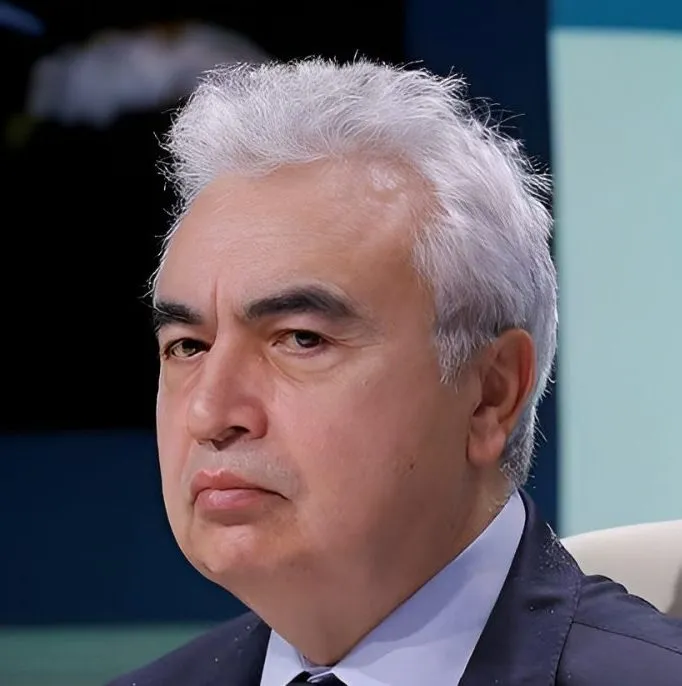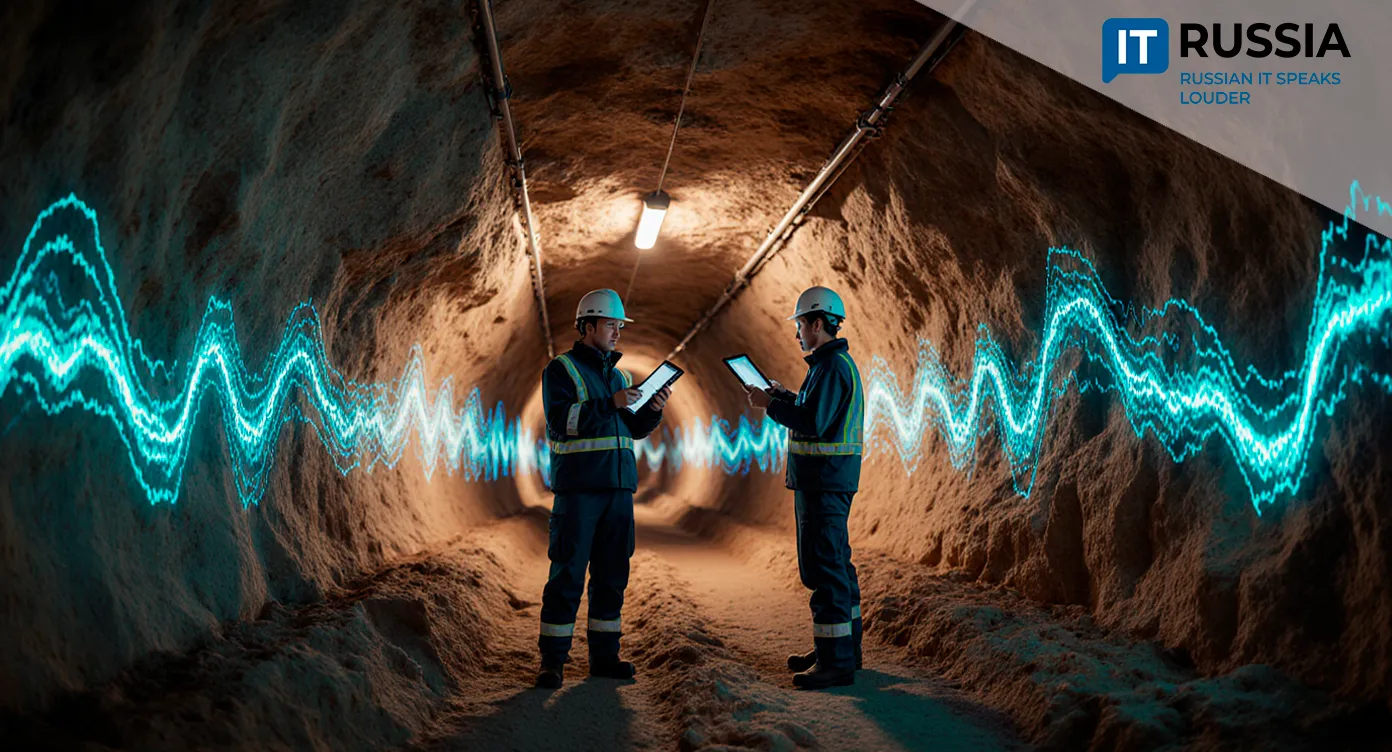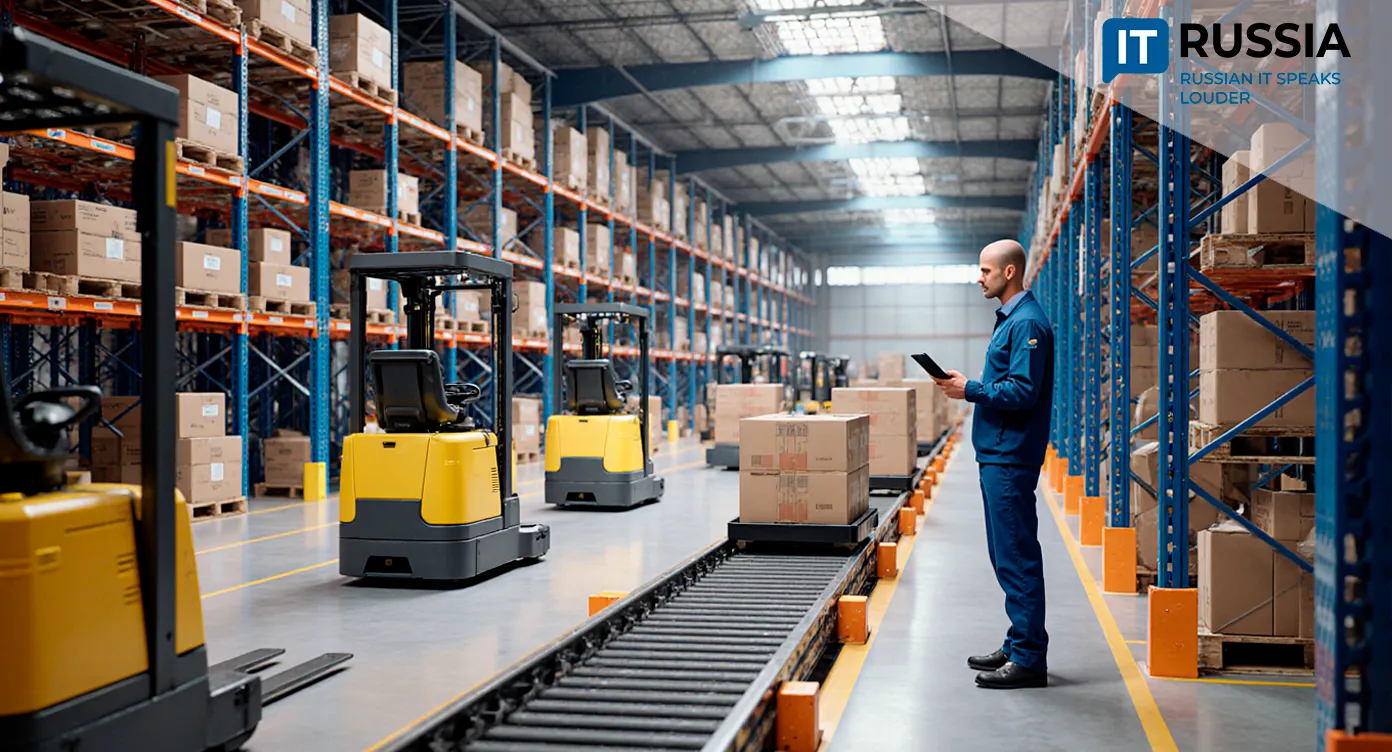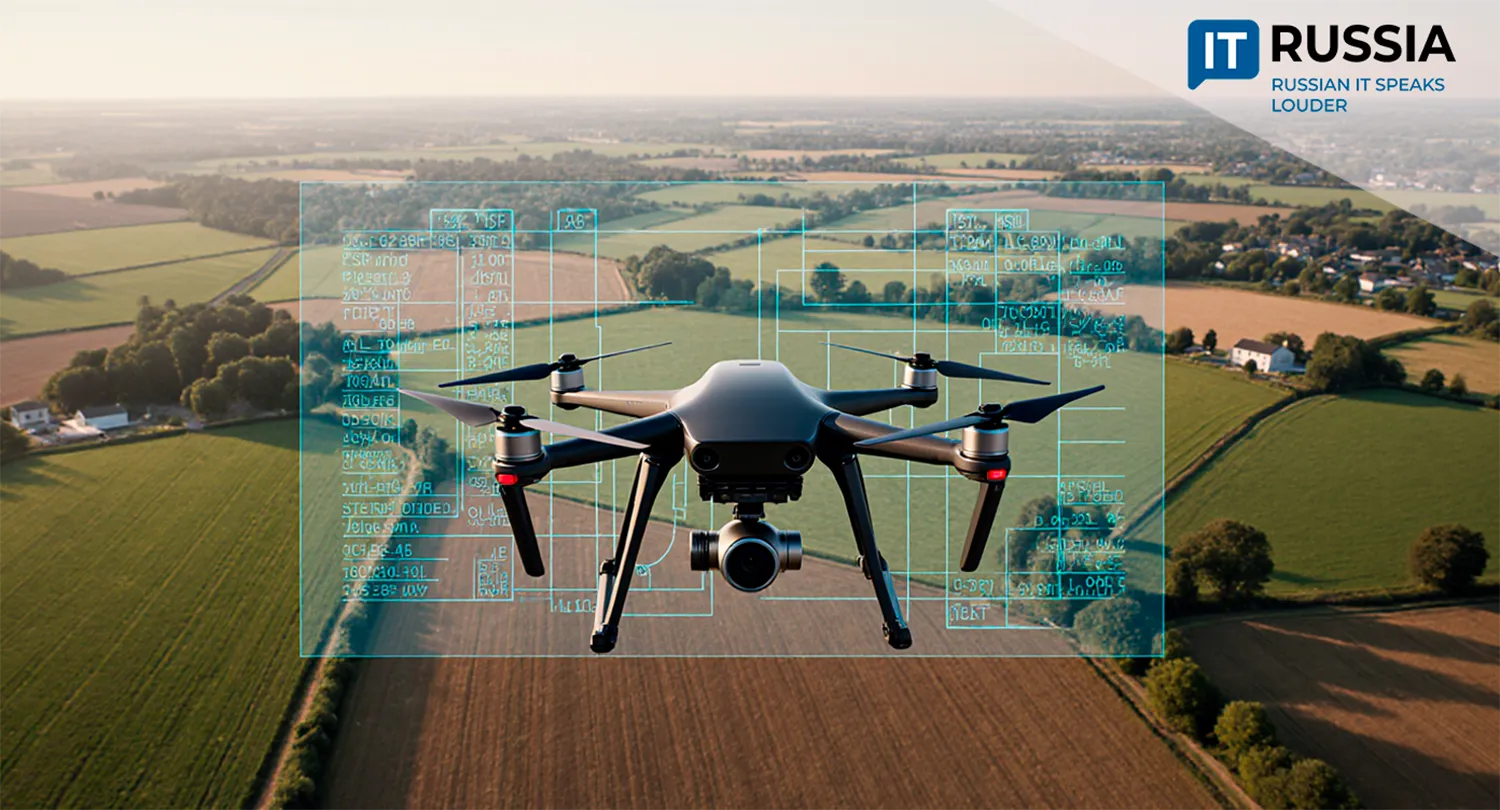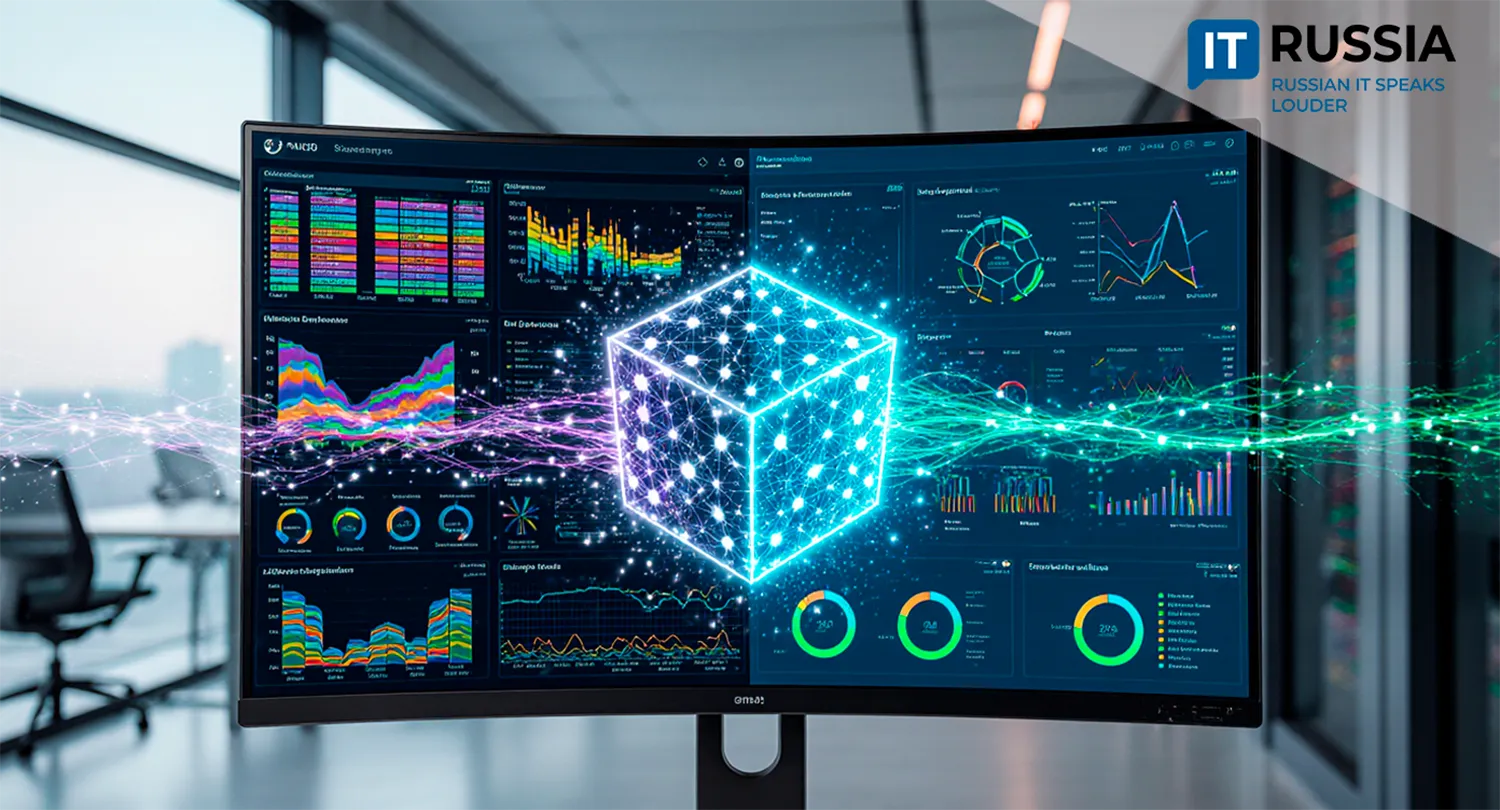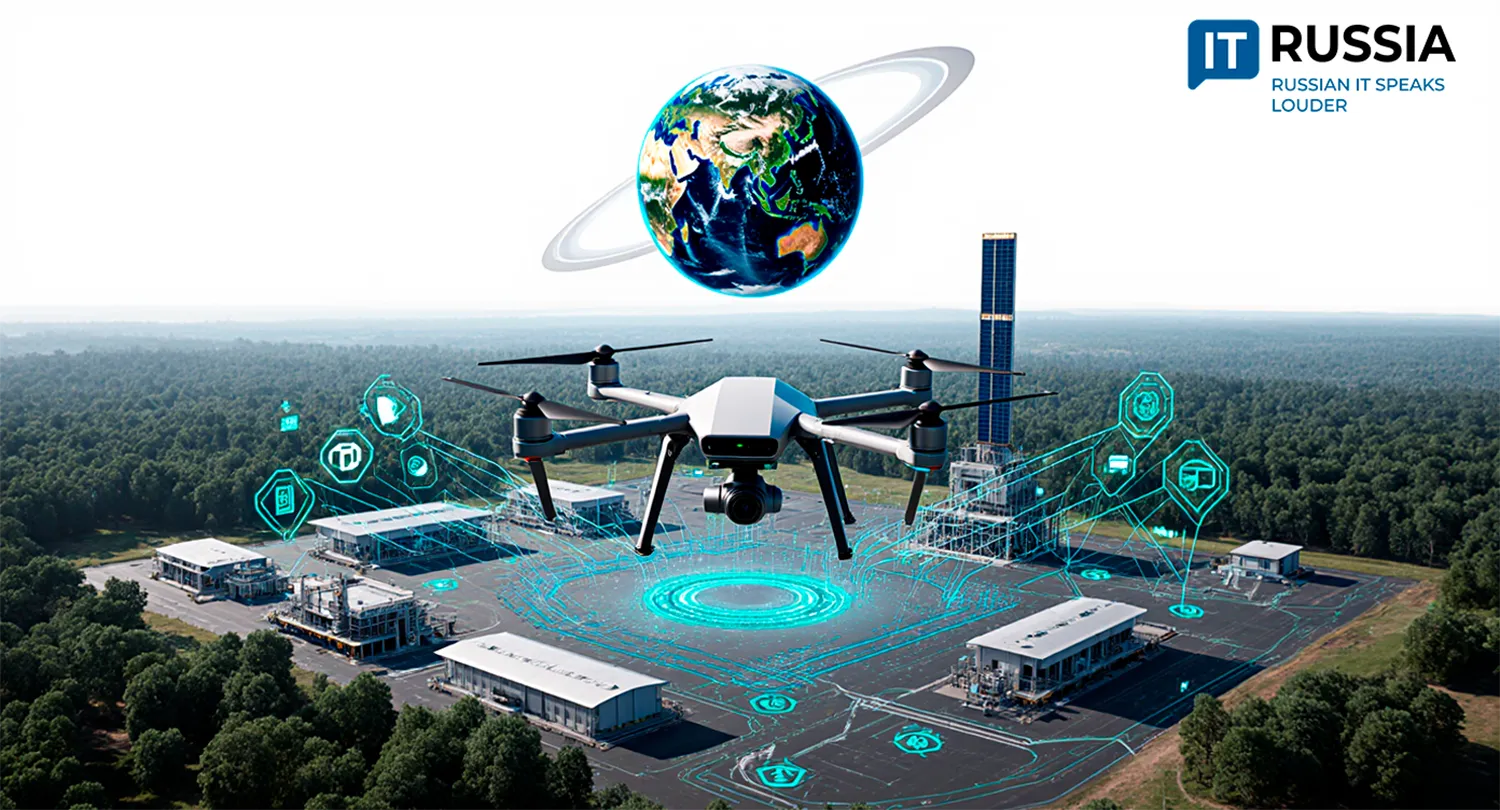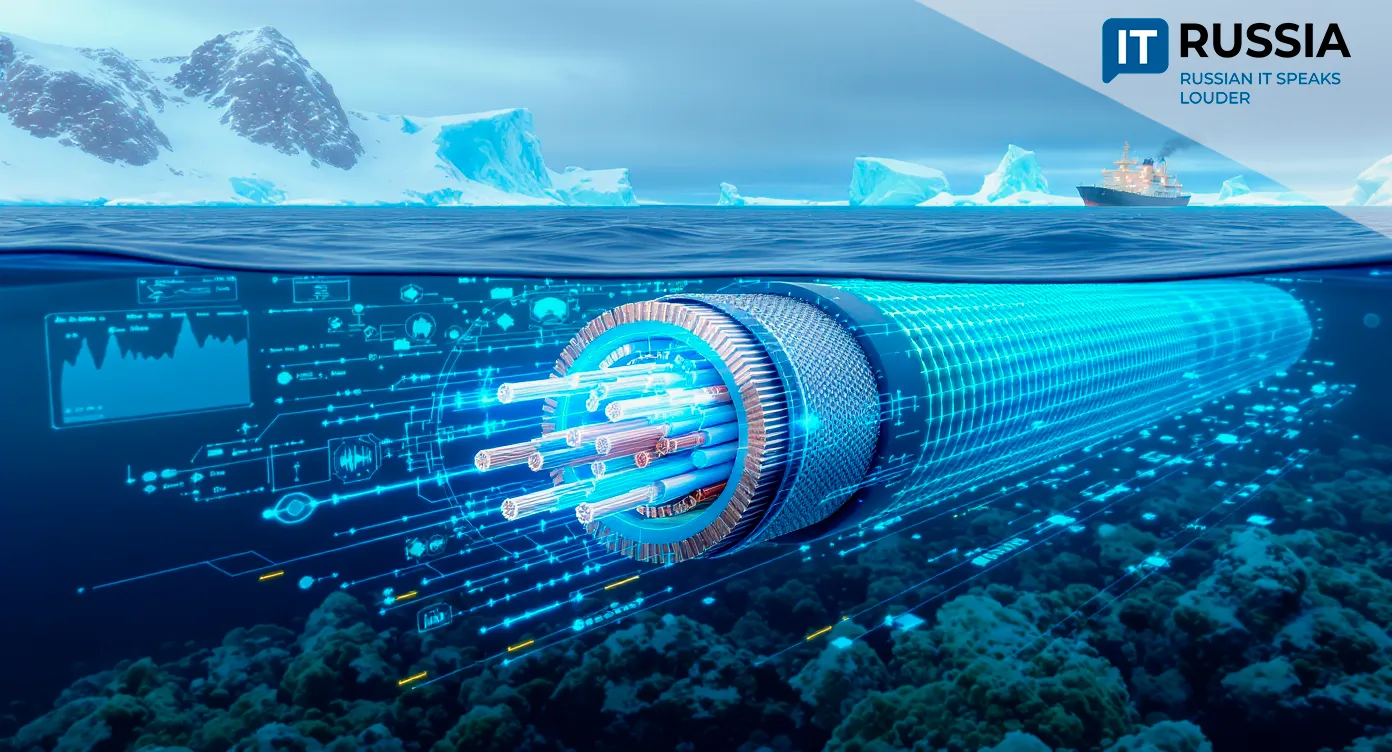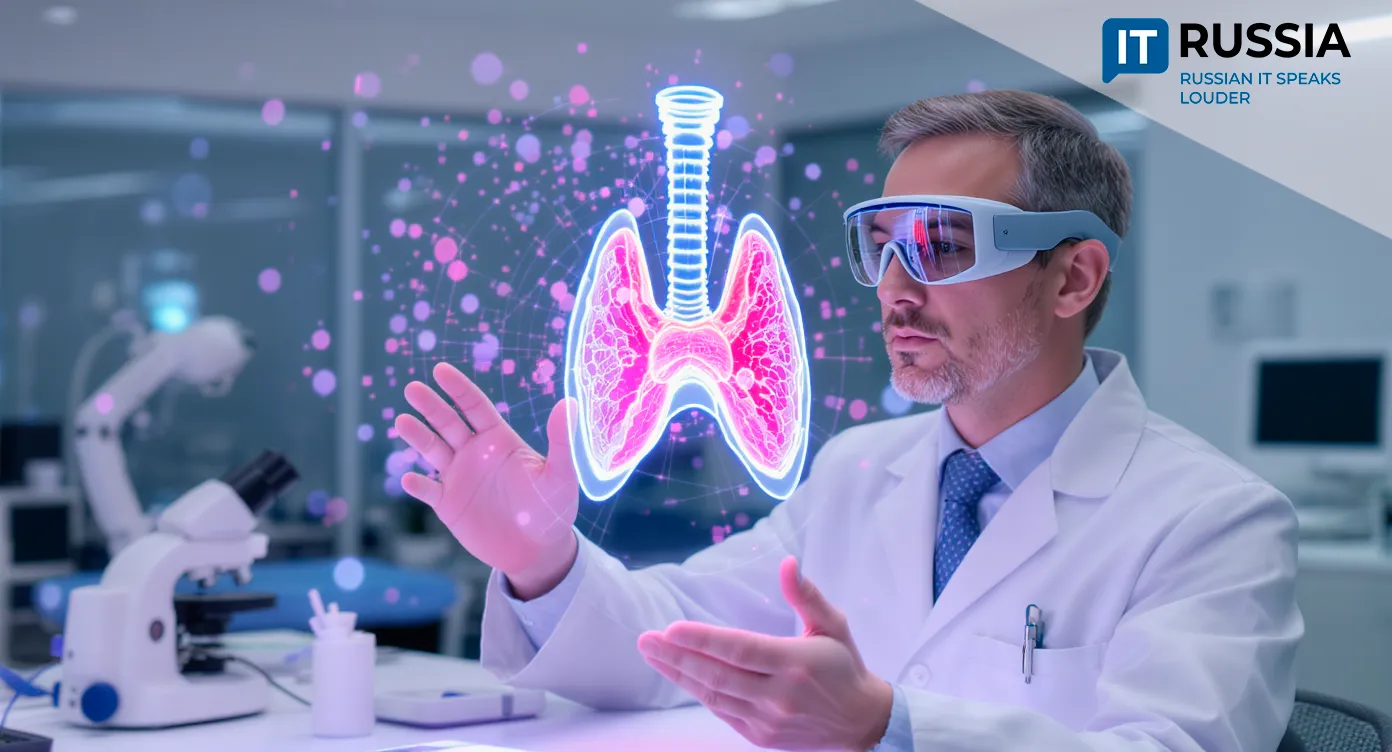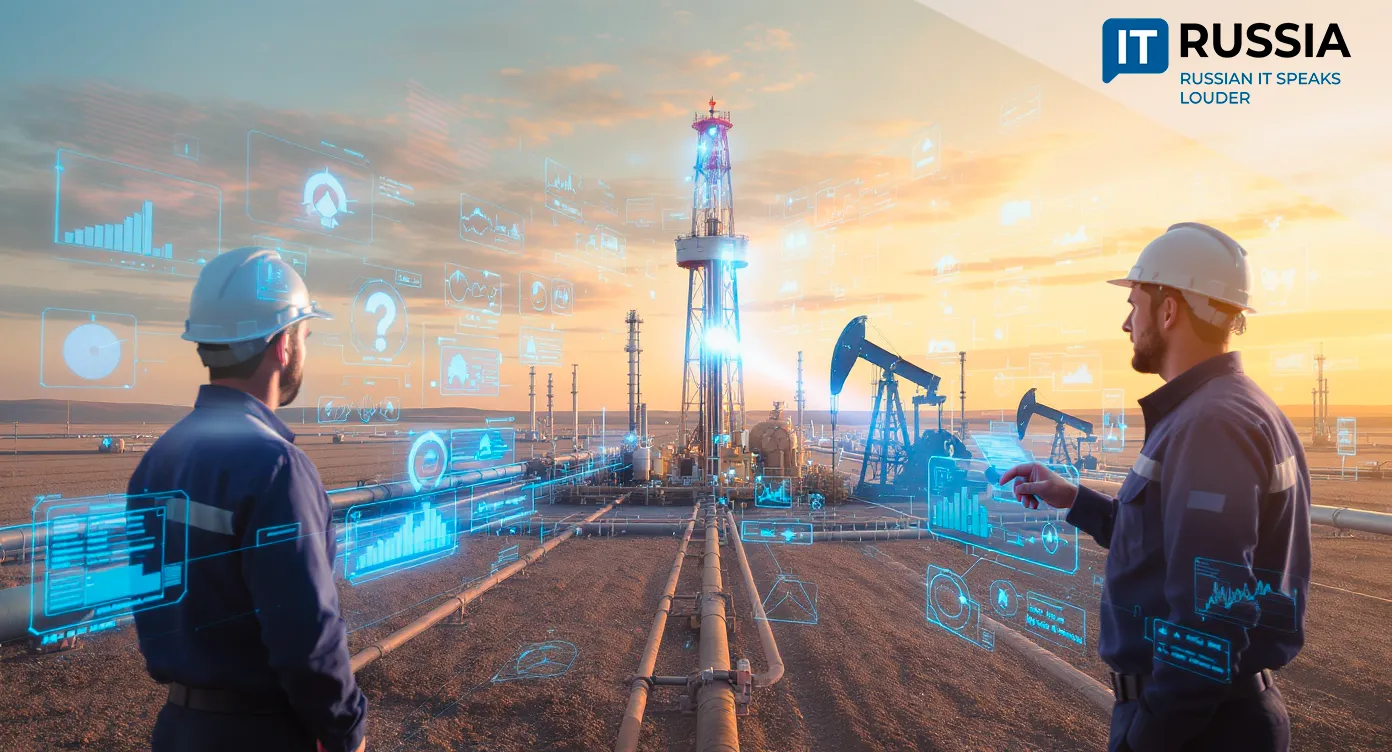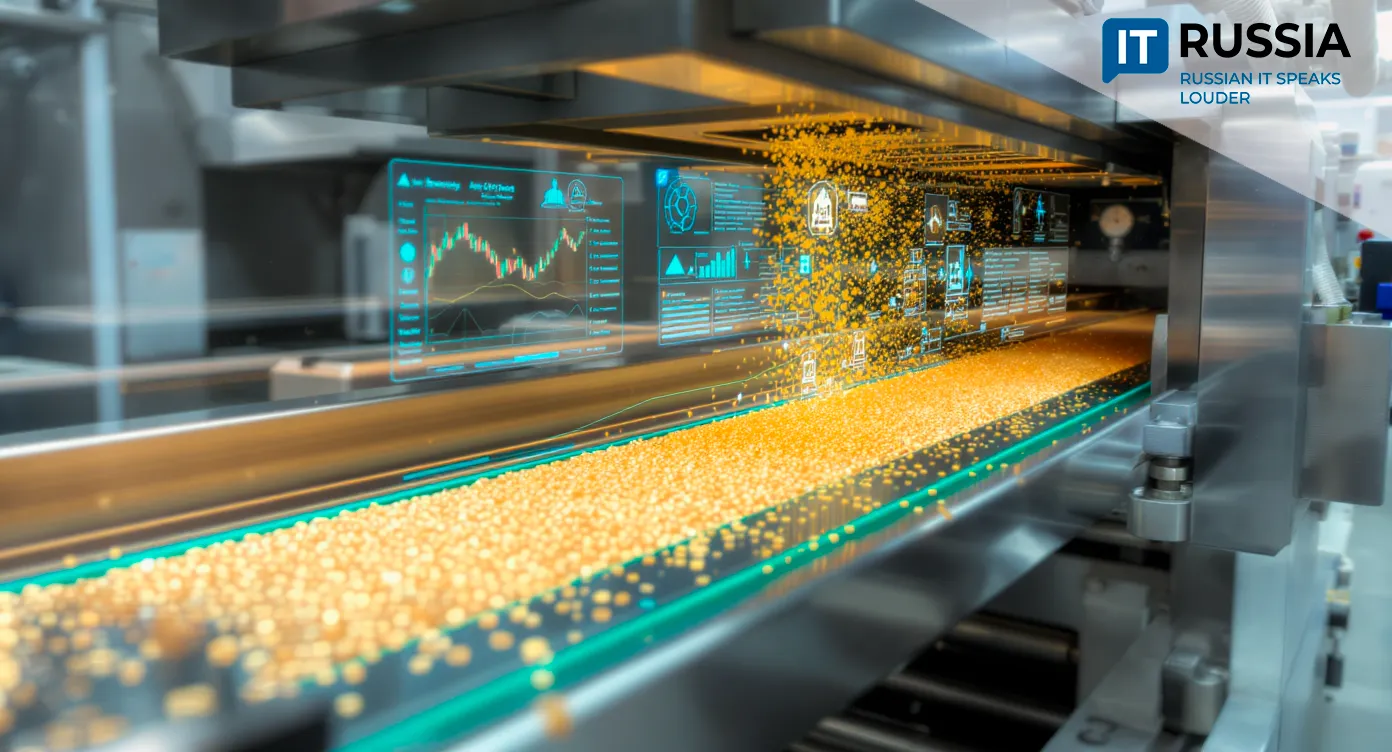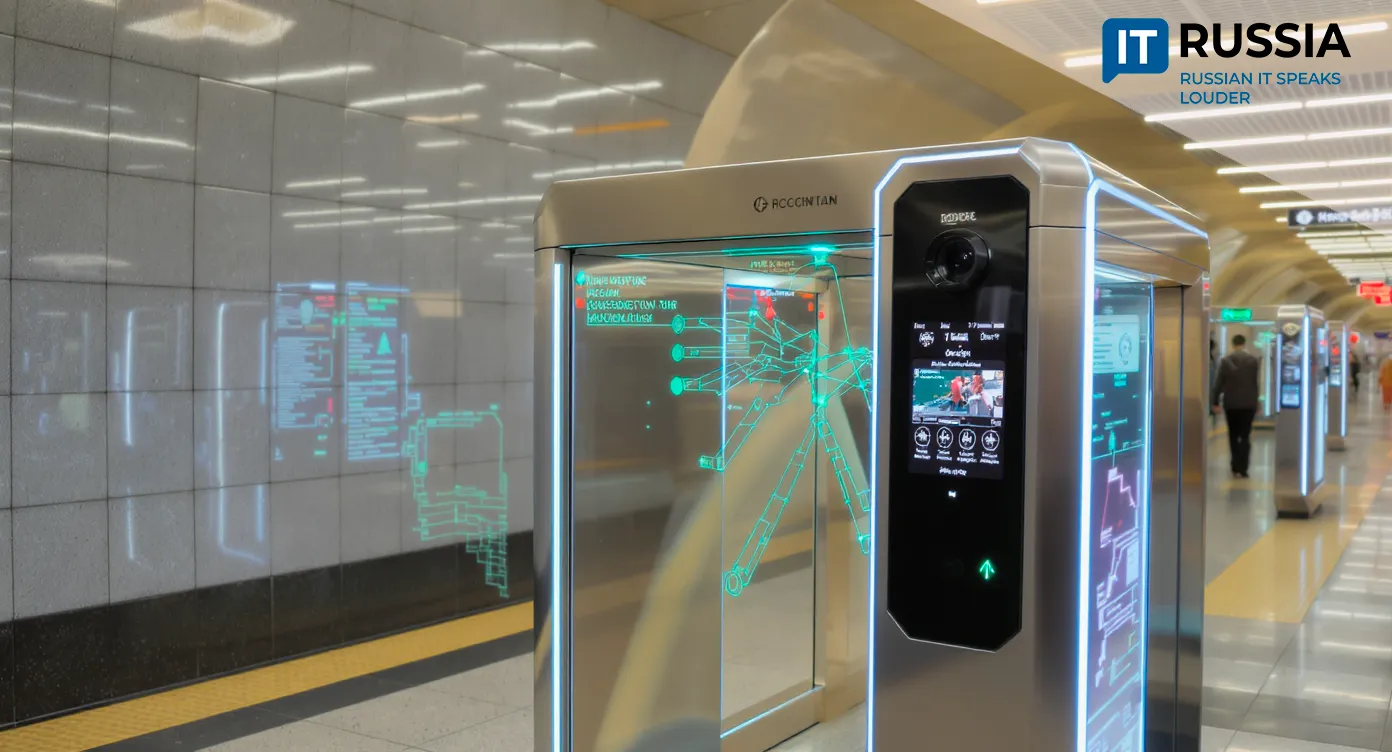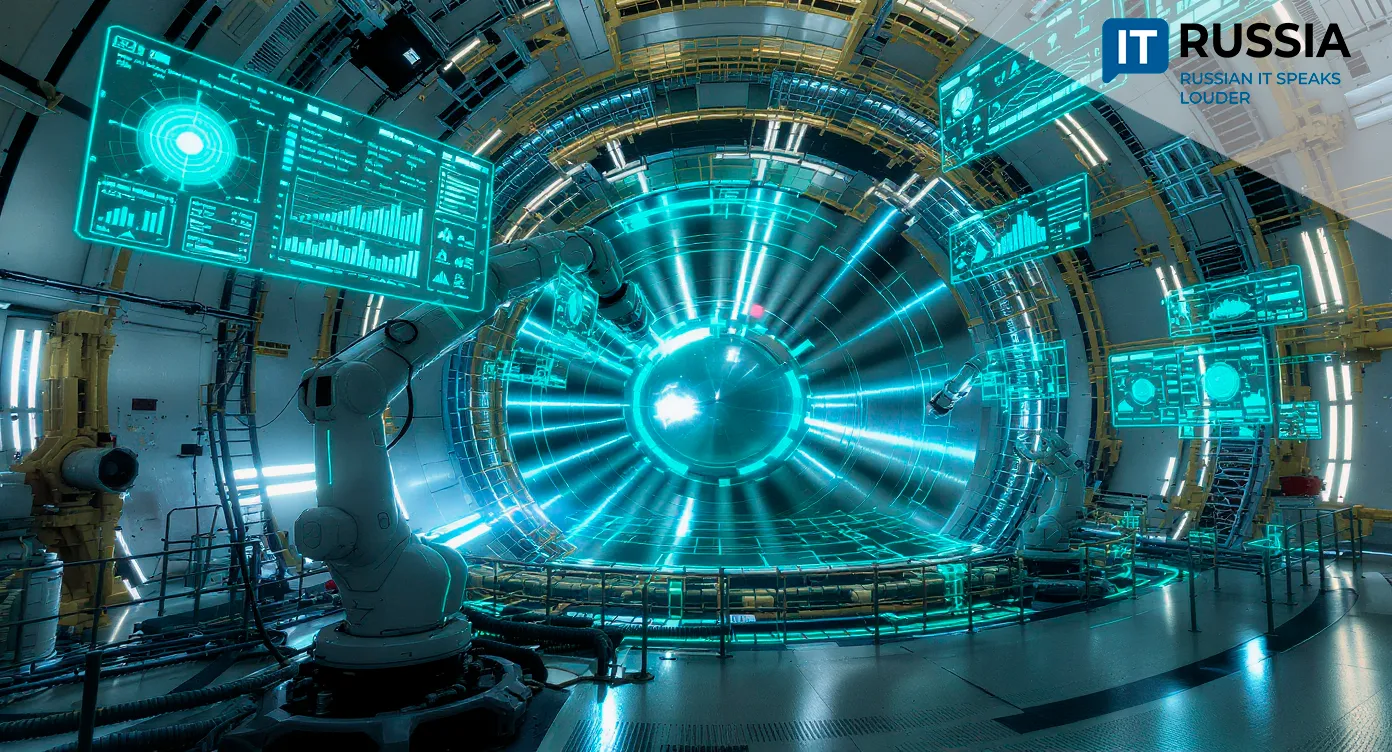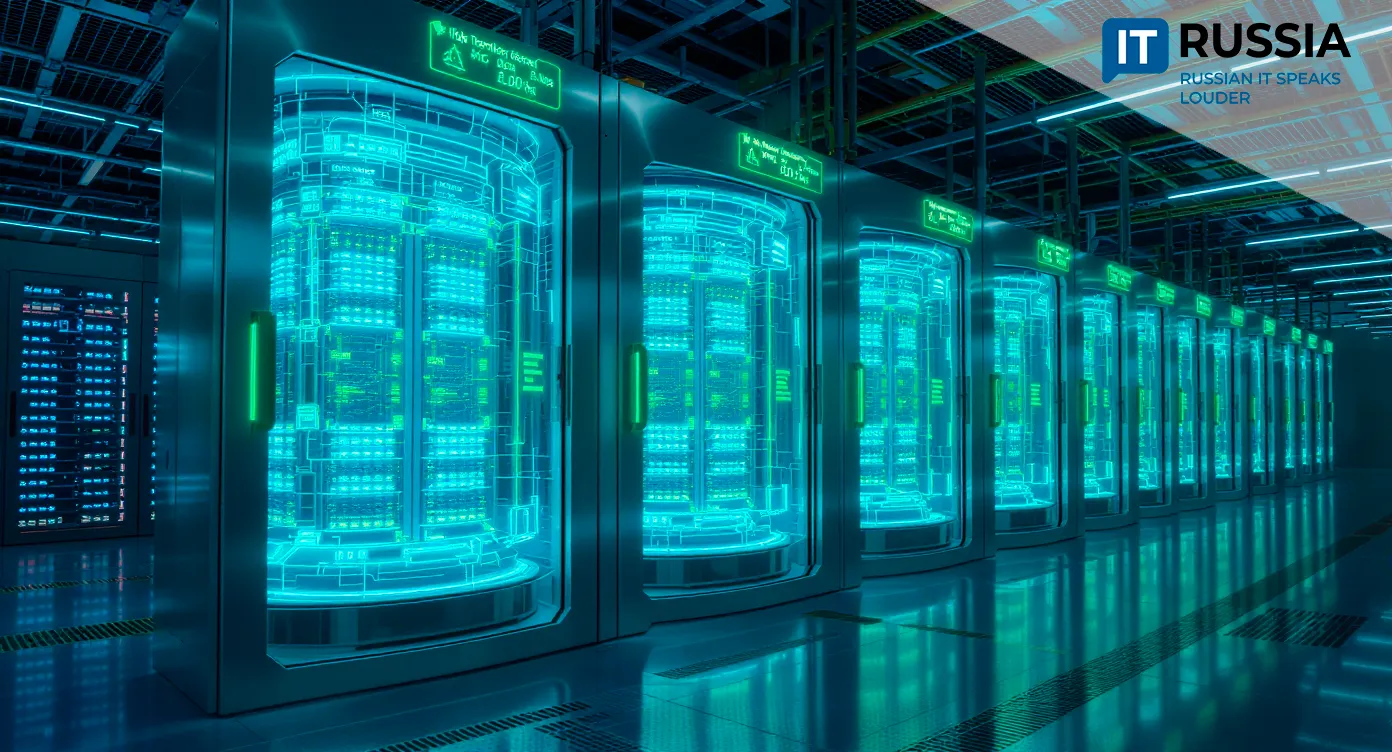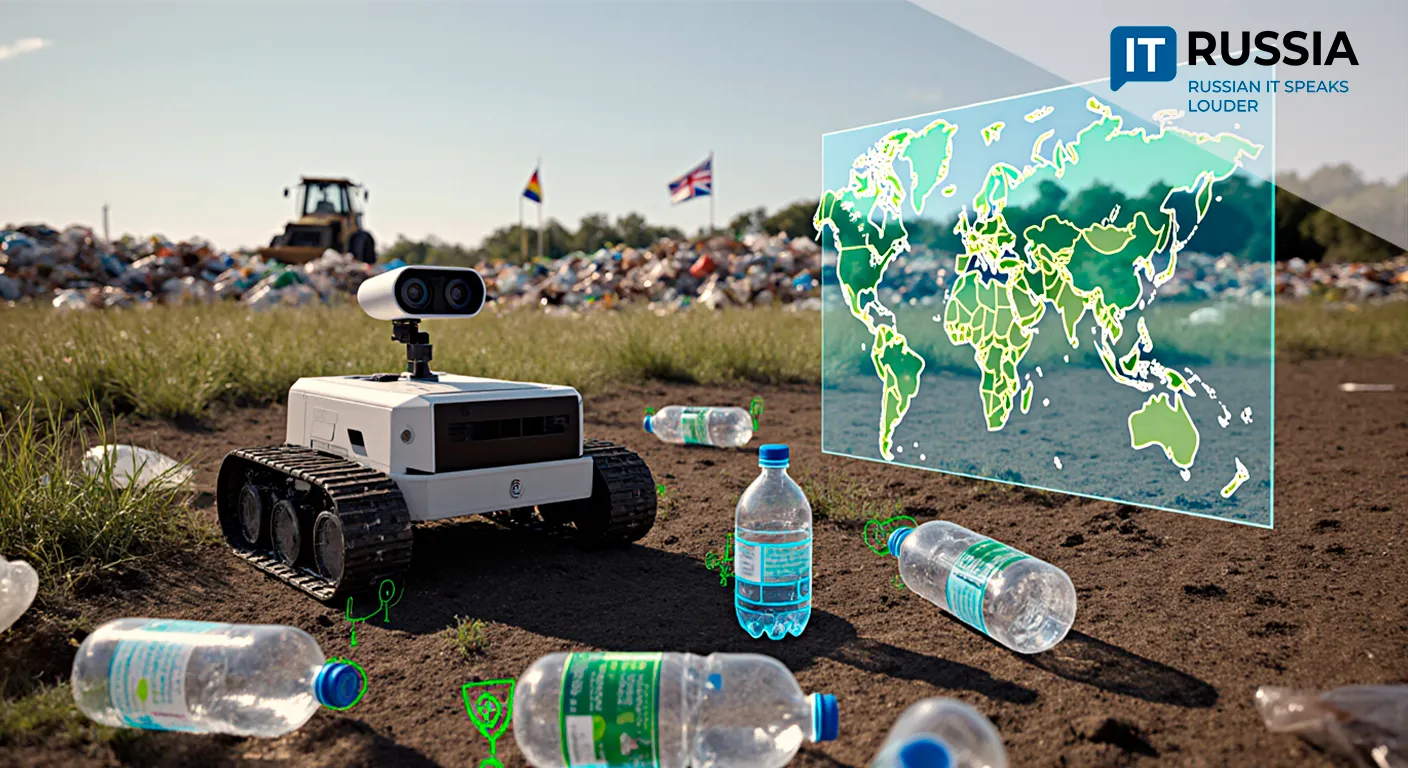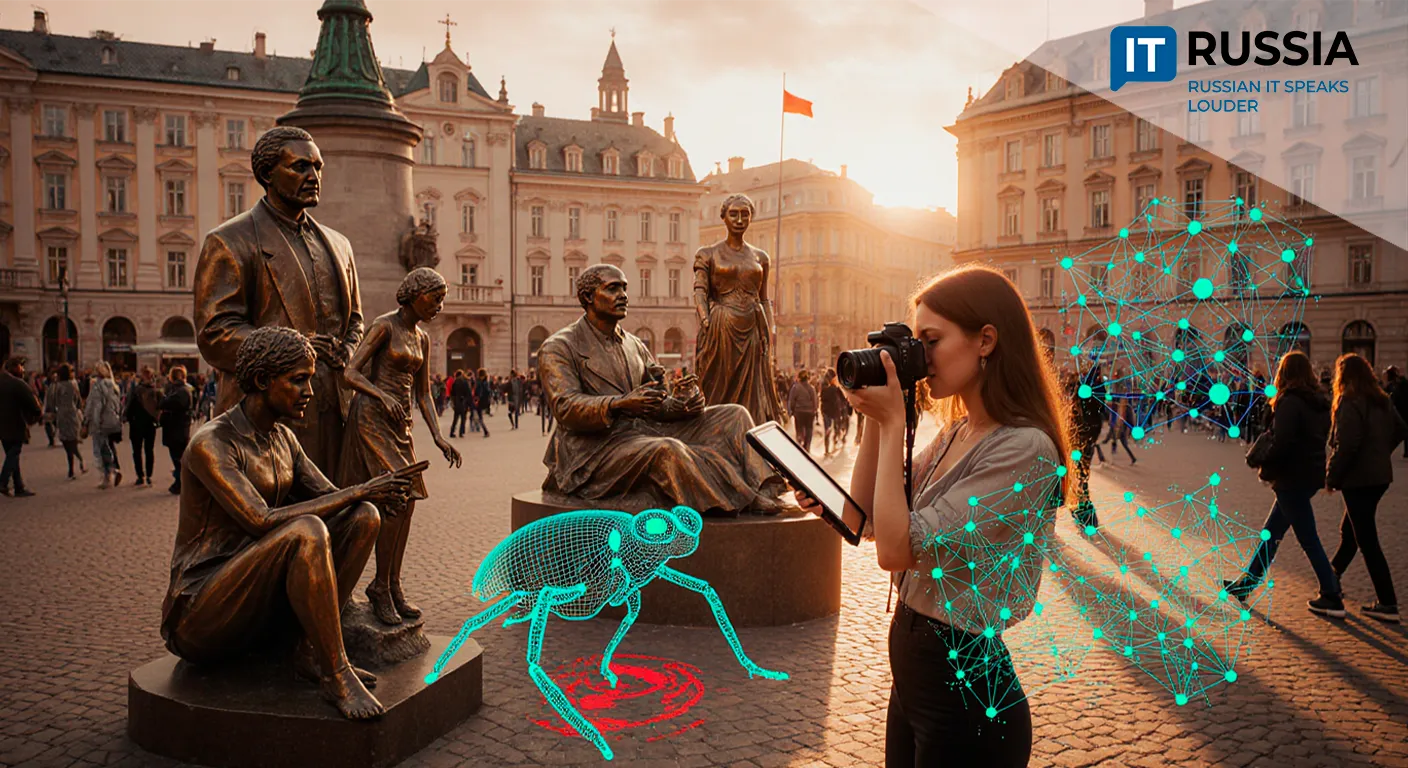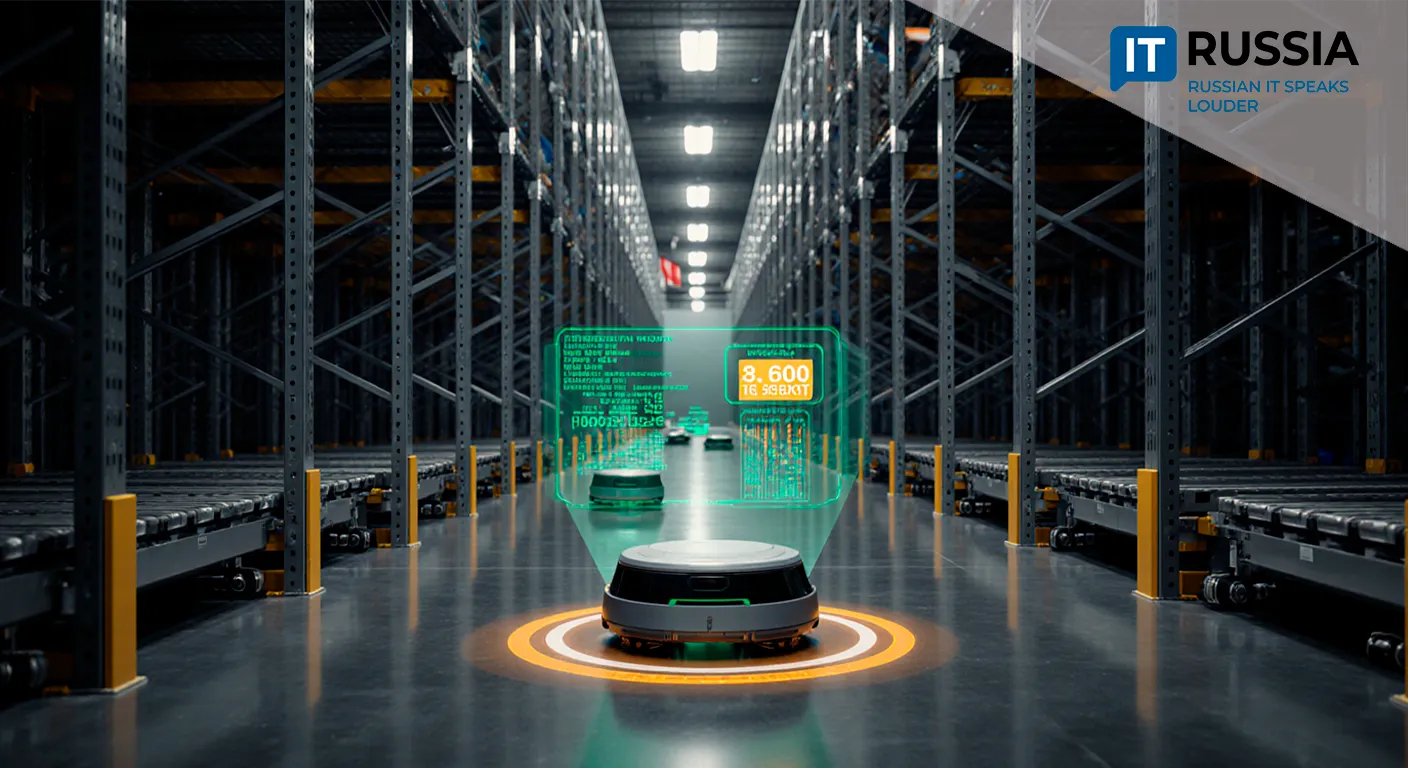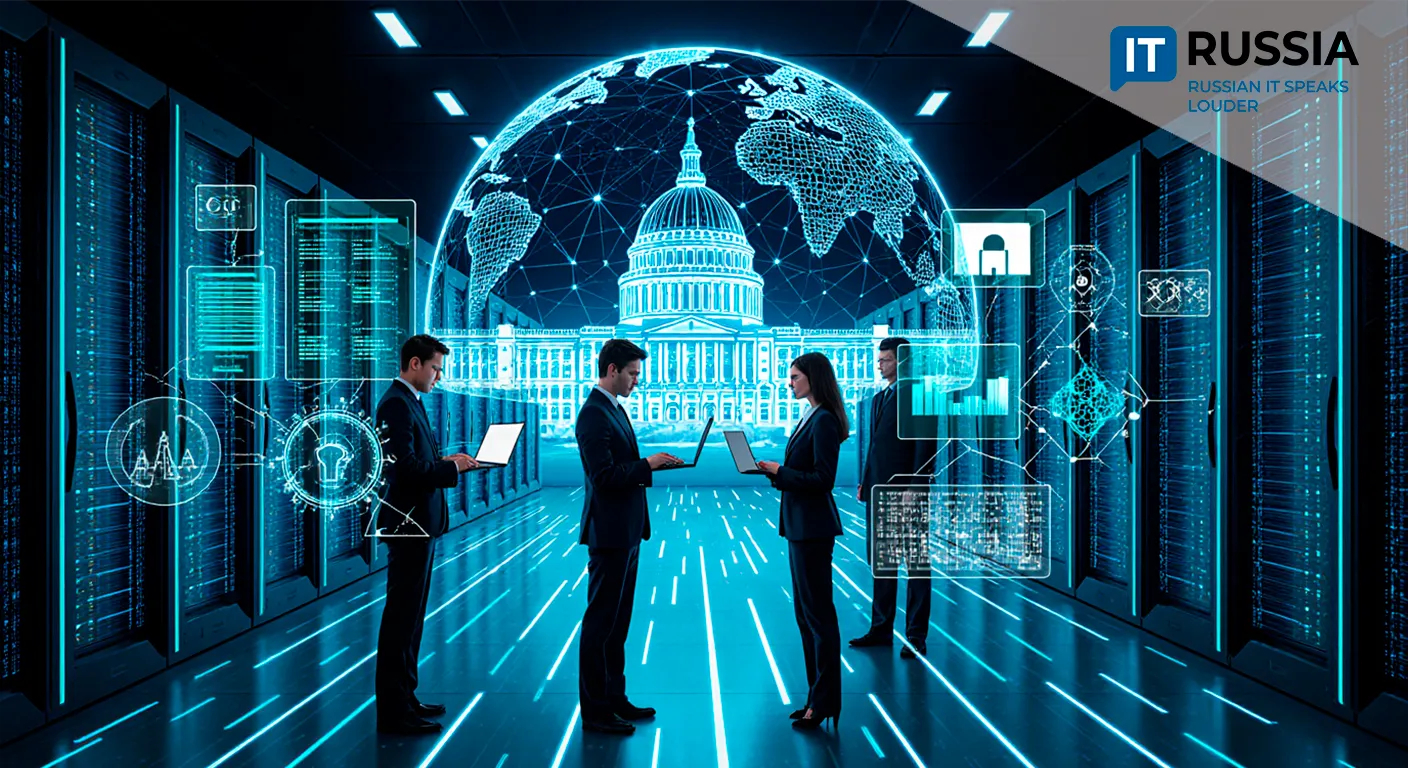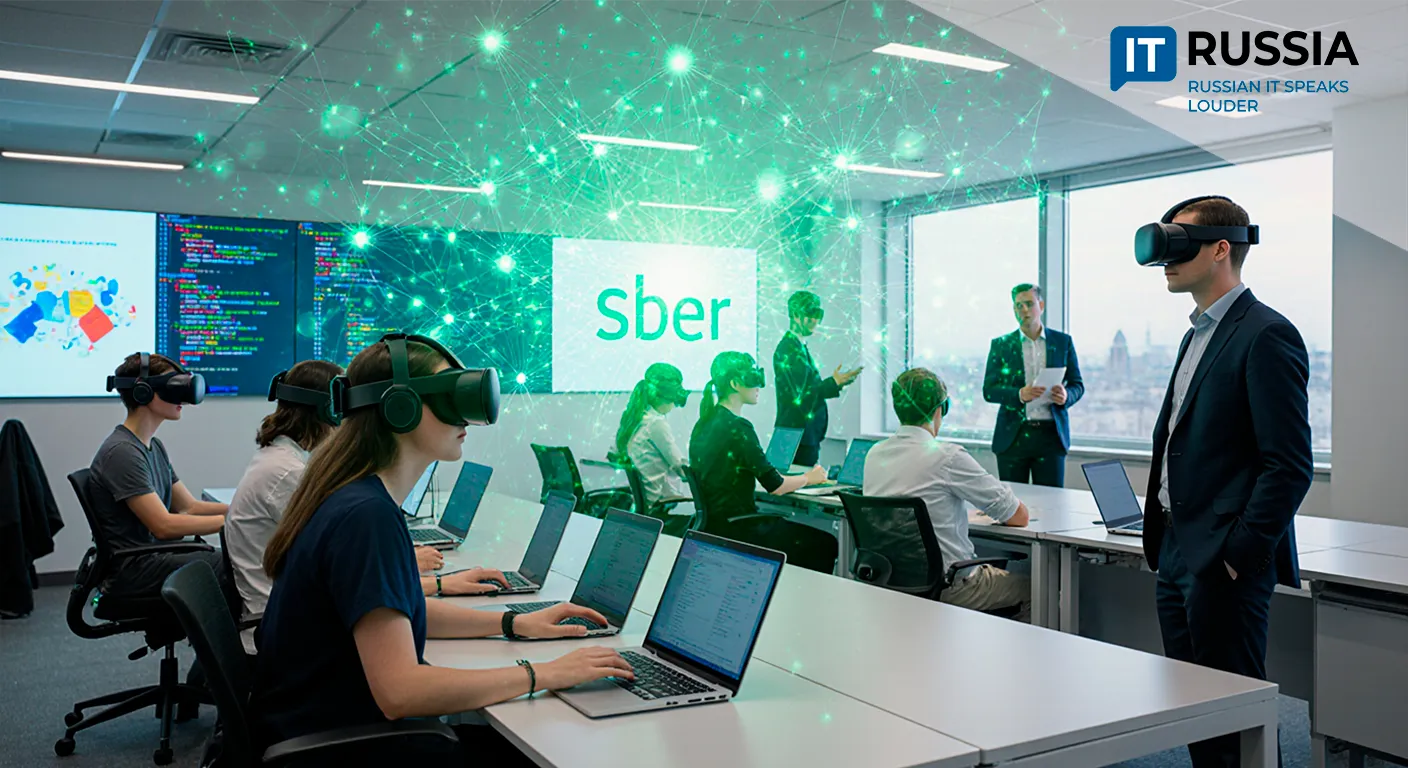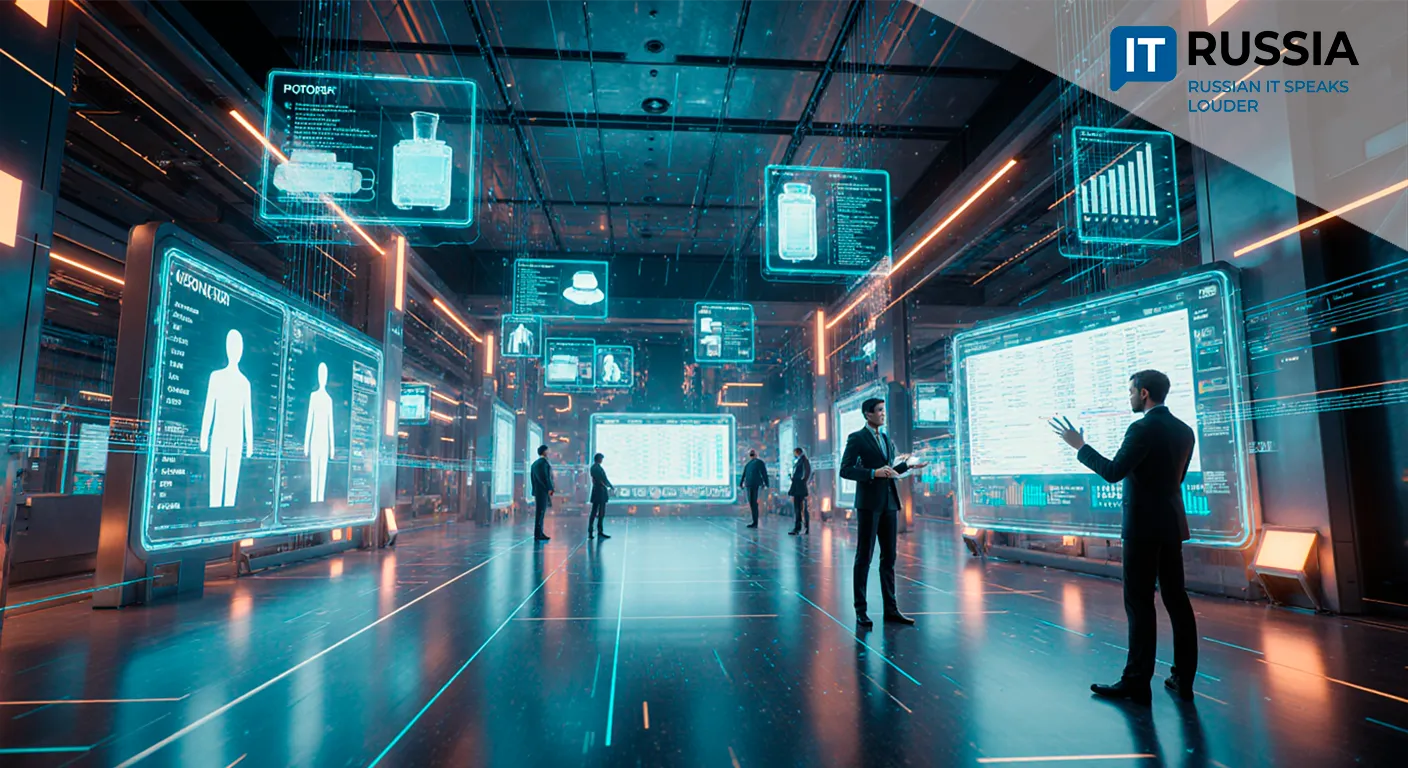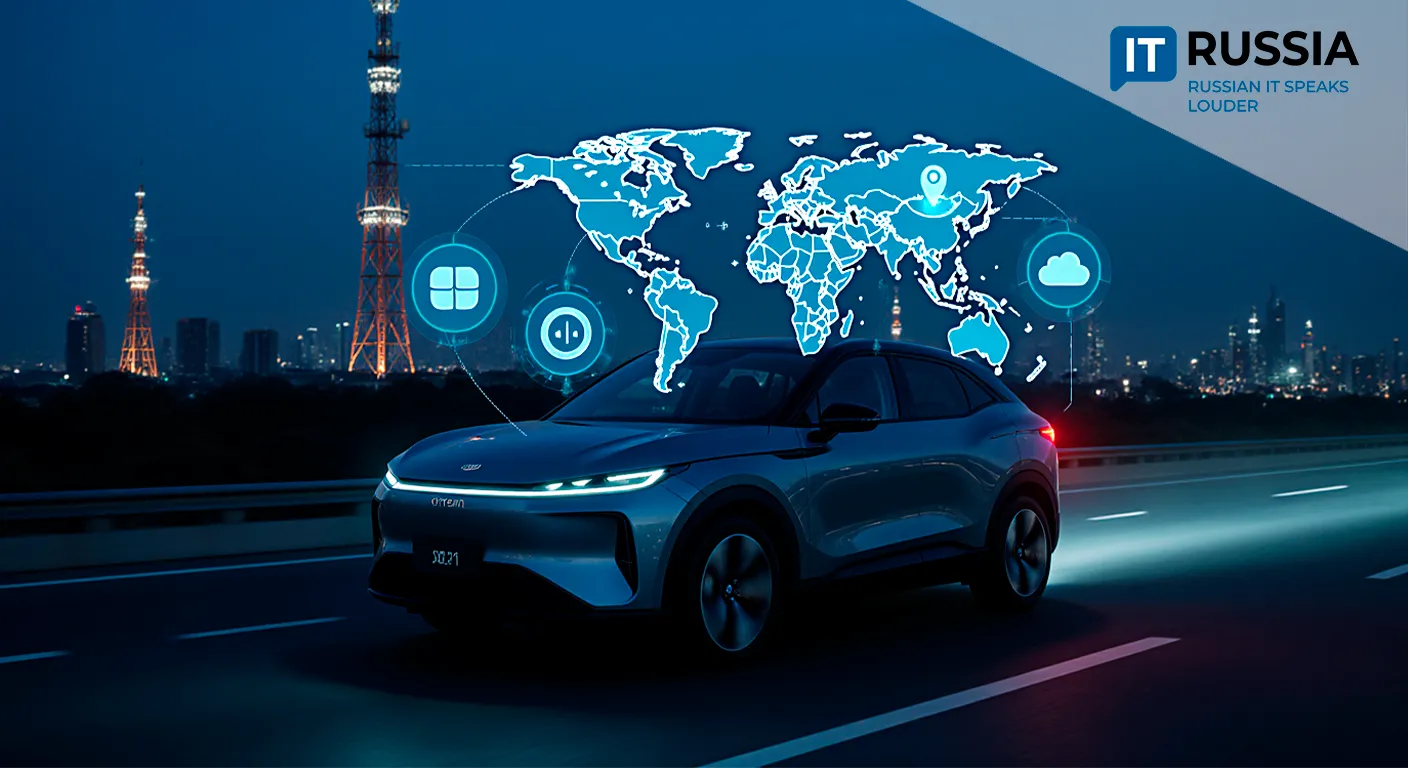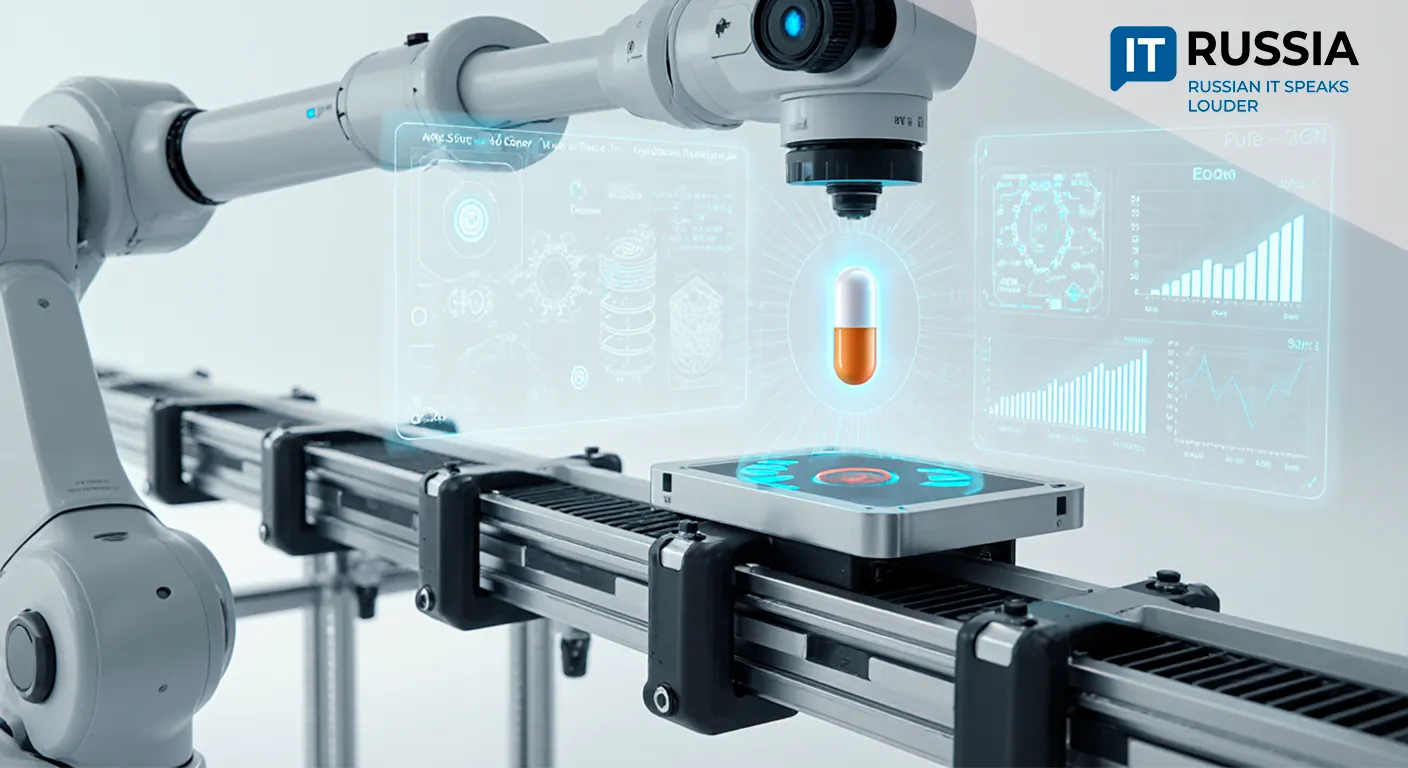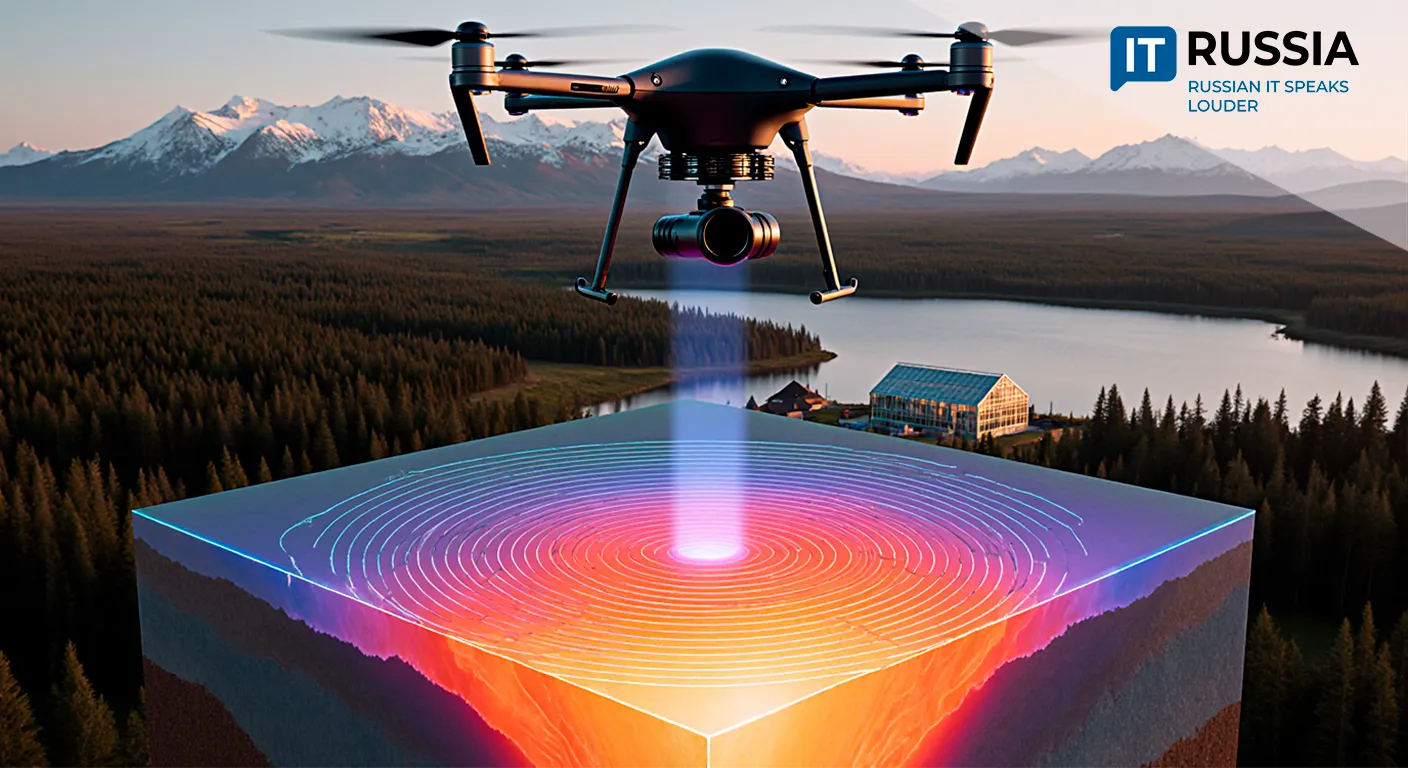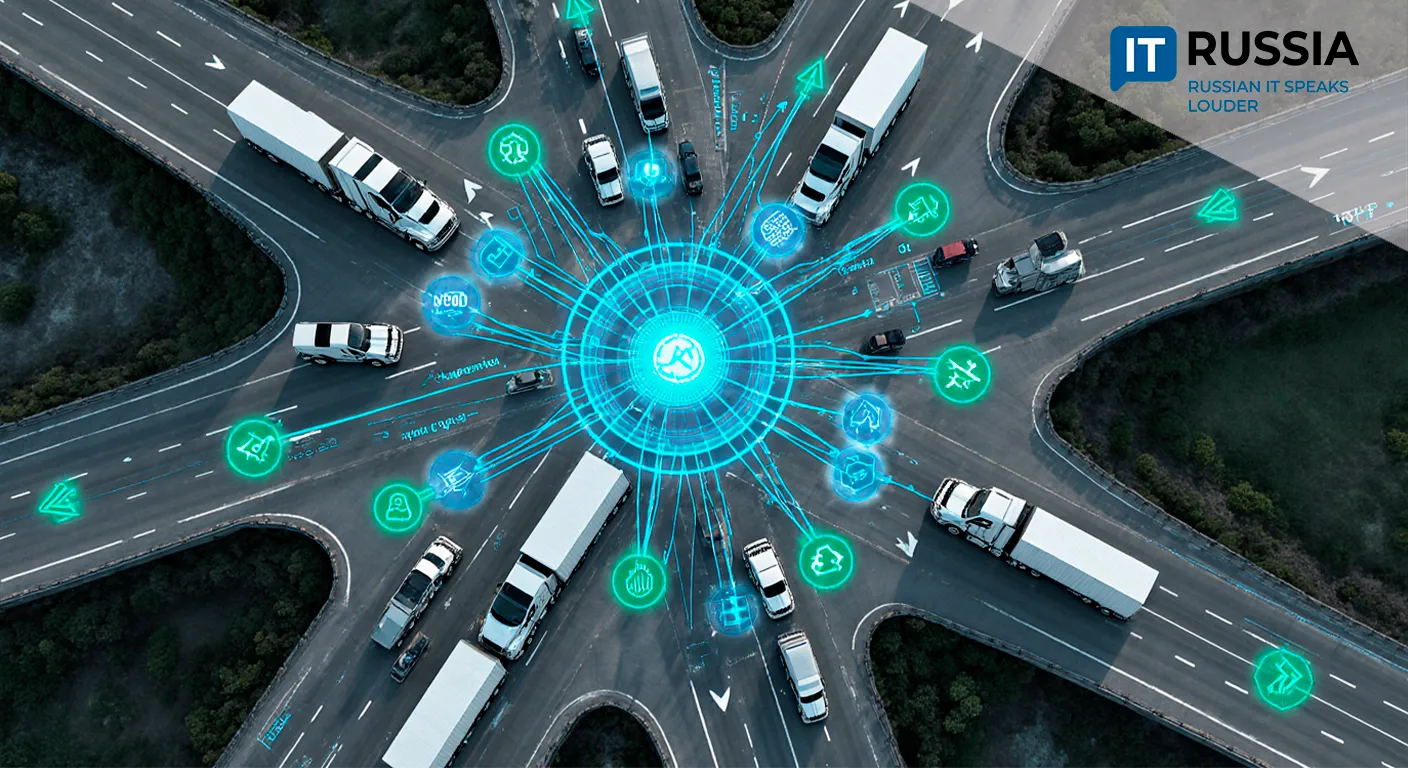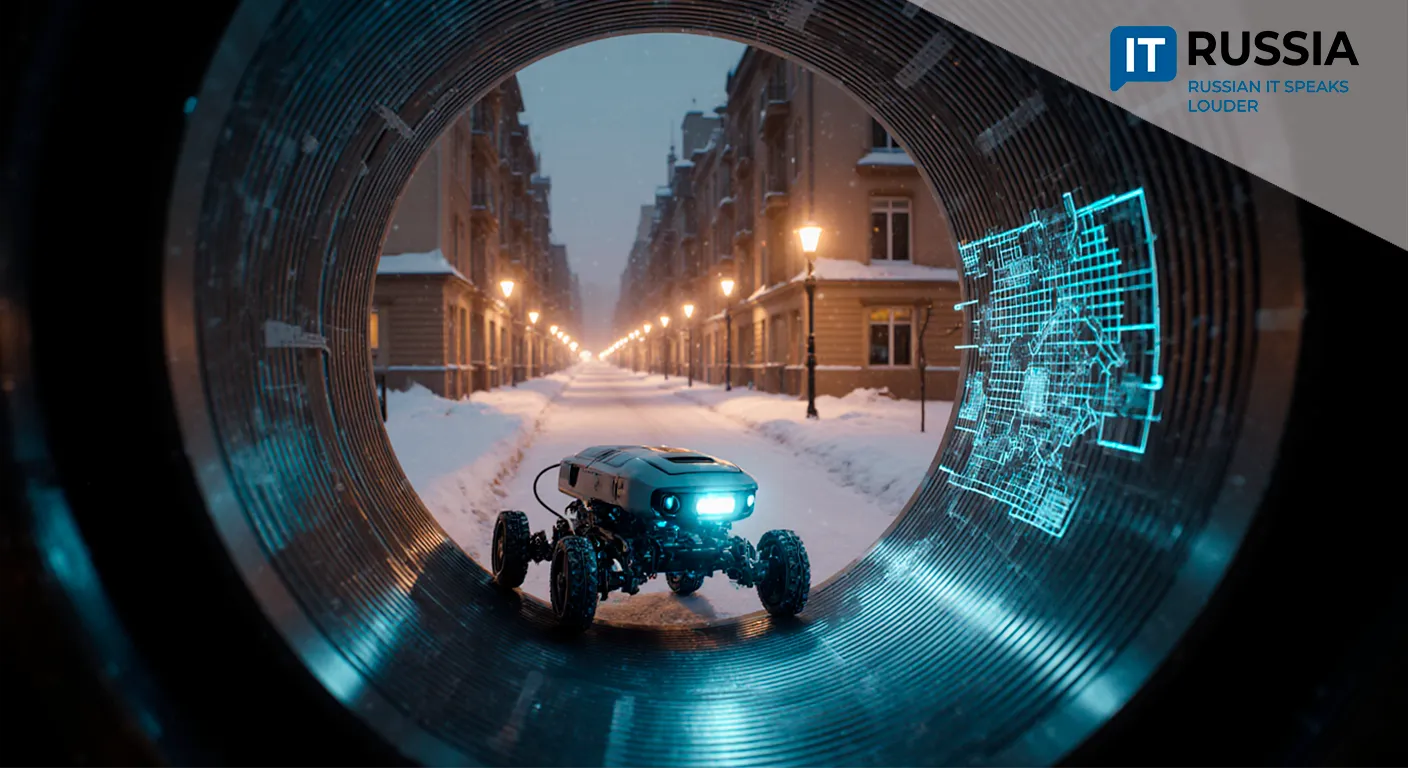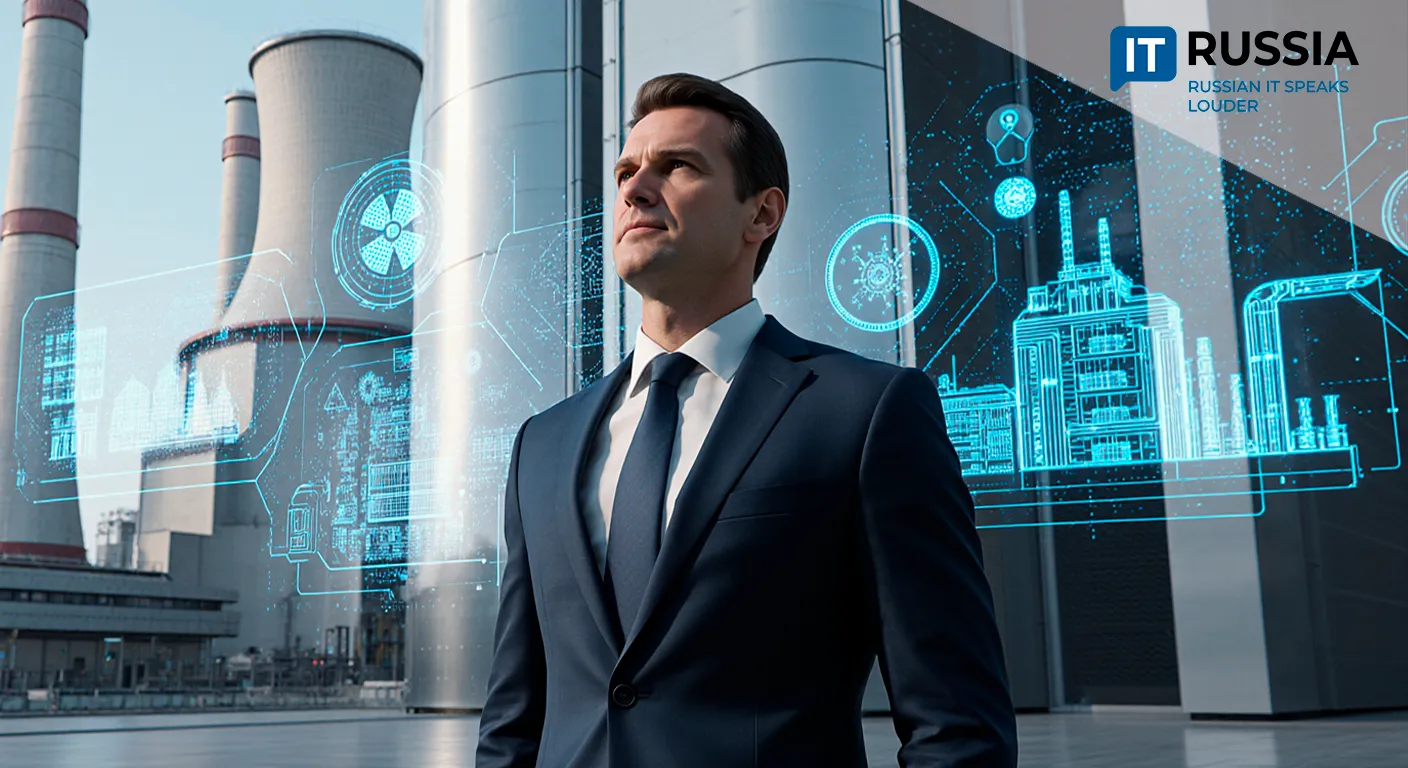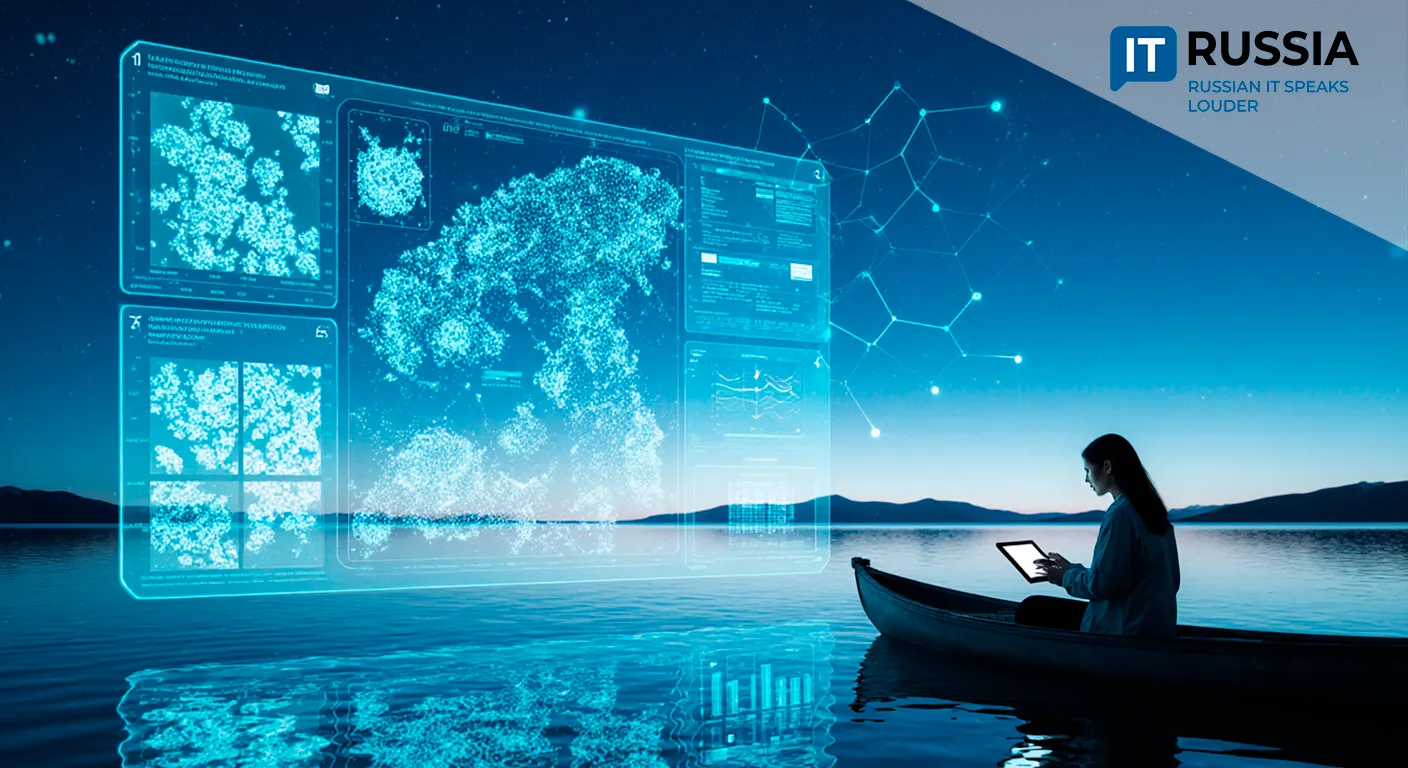Artificial Intelligence and Data Centers: A New Boost for Nuclear Energy

The rapid rise of artificial intelligence (AI) and energy-hungry data centers has triggered a global electricity demand equivalent to the output of several countries. The Russian state corporation Rosatom is responding by building three new reactors within Russia and 39 abroad, including in Europe, making it the world’s largest exporter of nuclear technology. This strengthens the country’s position in the energy sector and paves the way for exporting sustainable solutions to the global market.
Rising Energy Consumption
By 2025, global energy demand from AI and data centers reached critical levels. According to Monocle, data centers consume up to 2% of the world’s electricity, and by 2030 this figure could climb to 8%. Companies like Google and Microsoft are building massive data centers and facing energy shortages. Nuclear reactors provide stable, relatively low-cost, low-carbon electricity—an ideal match for the energy-intensive process of training AI models.
Rosatom is a world leader in nuclear power, currently building three reactors domestically, including a two-unit VVER-1000 plant in Primorsky Krai with a combined capacity of 2,000 MW. Internationally, it is constructing 39 units, including projects in Hungary (Paks II), Turkey (Akkuyu), and Egypt (El Dabaa). This positions Russia ahead of the United States and China as the leading exporter of nuclear technology.
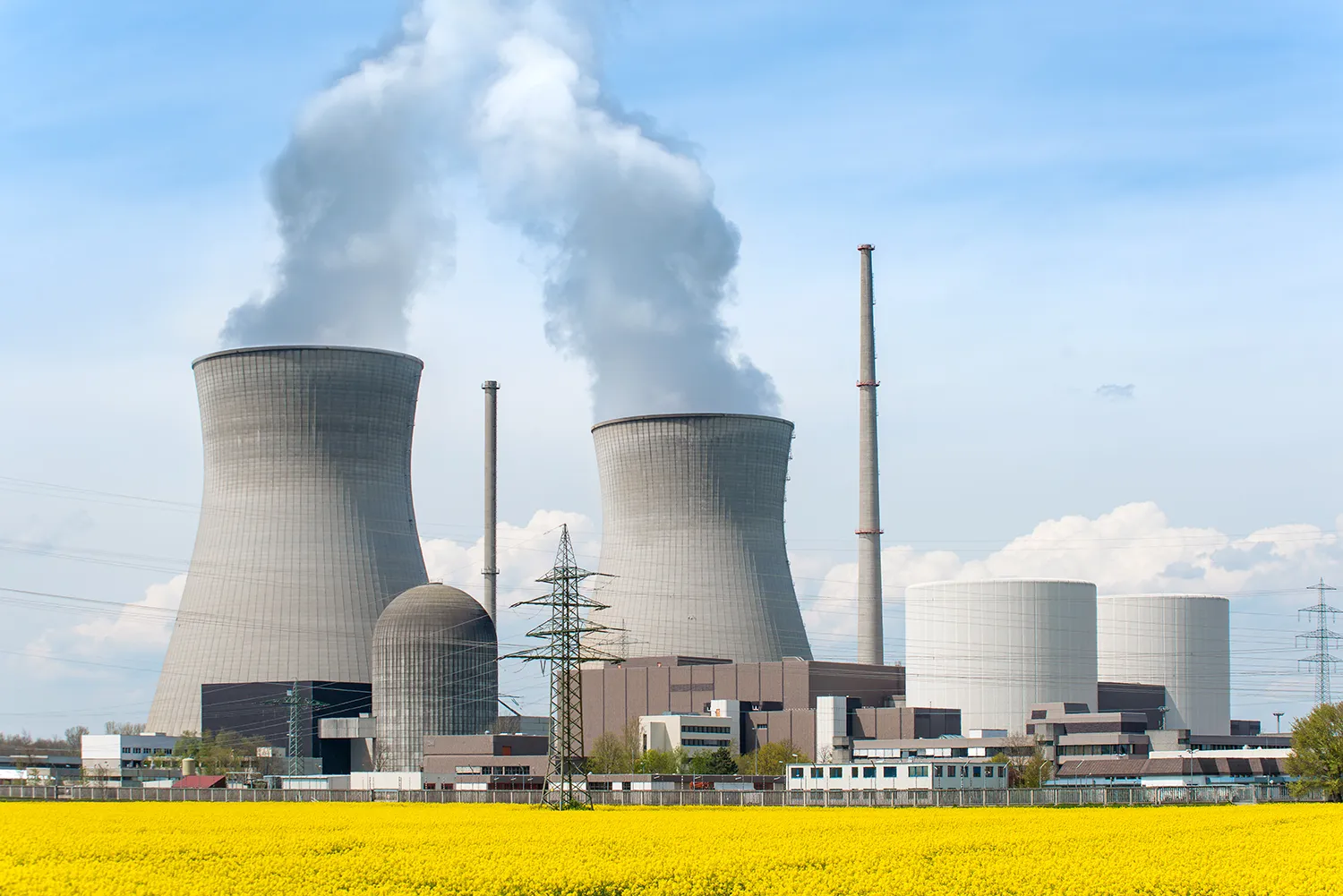
Small modular reactors (SMRs) are gaining traction for data centers thanks to their compact size and rapid assembly potential. Reports indicate Google is exploring SMRs for its facilities, while Rosatom offers similar solutions with capacities up to 300 MW.
AI data centers consume energy comparable to small cities—one center can require up to 1 GW, roughly equivalent to the capacity of a large nuclear plant. The growth of AI, especially generative models, increases grid strain, causing shortages in the U.S. and Europe.
Nuclear power, which can provide up to 70% of electricity without CO2 emissions, is emerging as an optimal solution. China is building 10 new reactors worth $27 billion, including the thorium-fueled TMSR-LF1, to support its data centers.
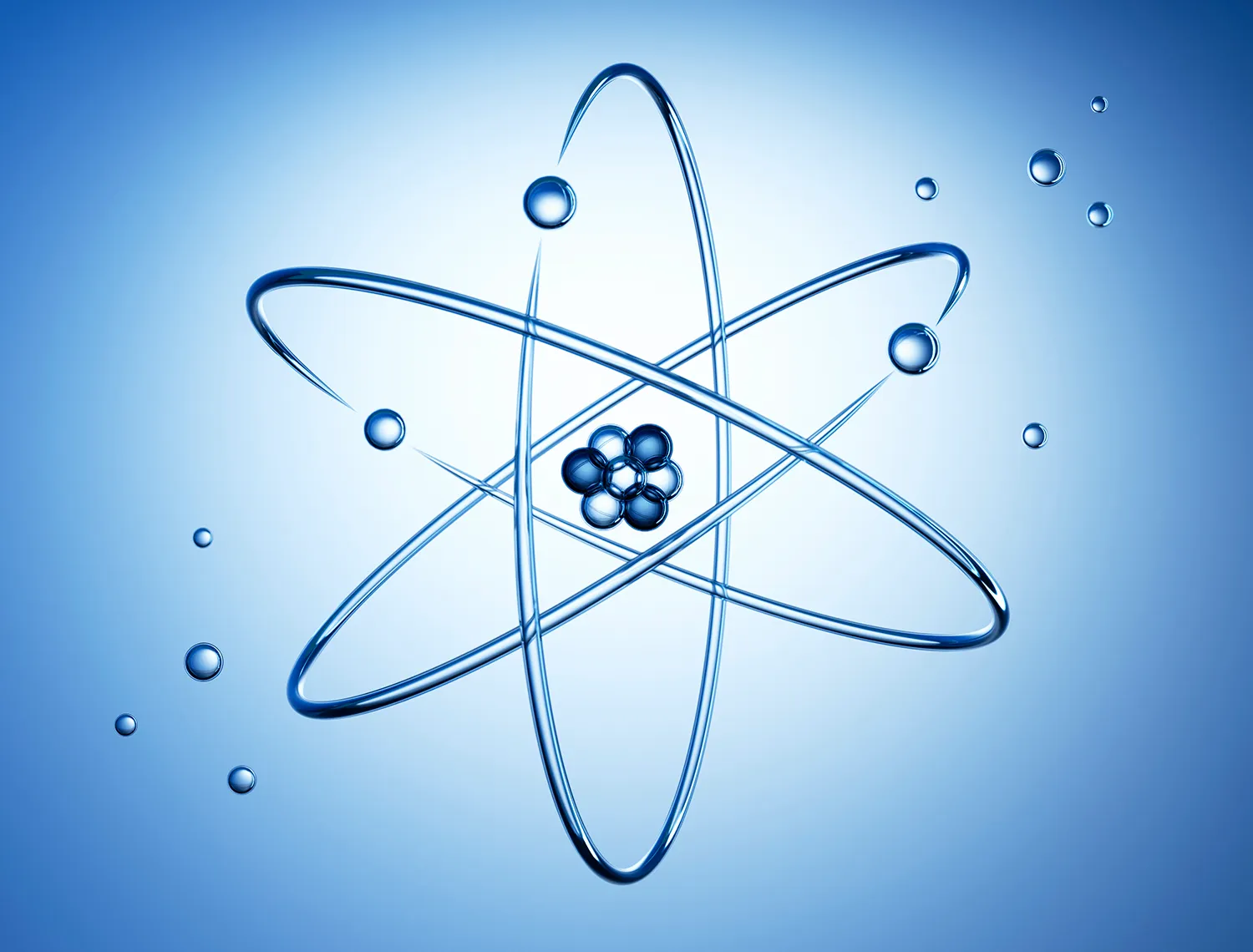
Development Prospects
Rosatom’s technological sovereignty strategy focuses on import substitution, digital twins, and AI, enhancing competitiveness. By 2030, the corporation plans to increase its digital revenue tenfold, expanding products such as Multi-D for nuclear plant modeling and Logos for engineering calculations. These technologies are exported to 30 countries, including BRICS projects.
SMRs like the RITM-200 can power data centers in remote regions, providing stable electricity for critical infrastructure.
Rising Demand and Supply
Since 2020, global AI-related energy demand has tripled, already prompting nuclear plant construction. In 2022, Rosatom launched projects in Egypt and Turkey, and in 2023 began a software import substitution program. In 2024, the corporation transitioned 133,000 workplaces to Russian software, including systems for nuclear plants. By 2025, China was building 28 reactors, while Rosatom was working on three domestic reactors and 39 abroad.
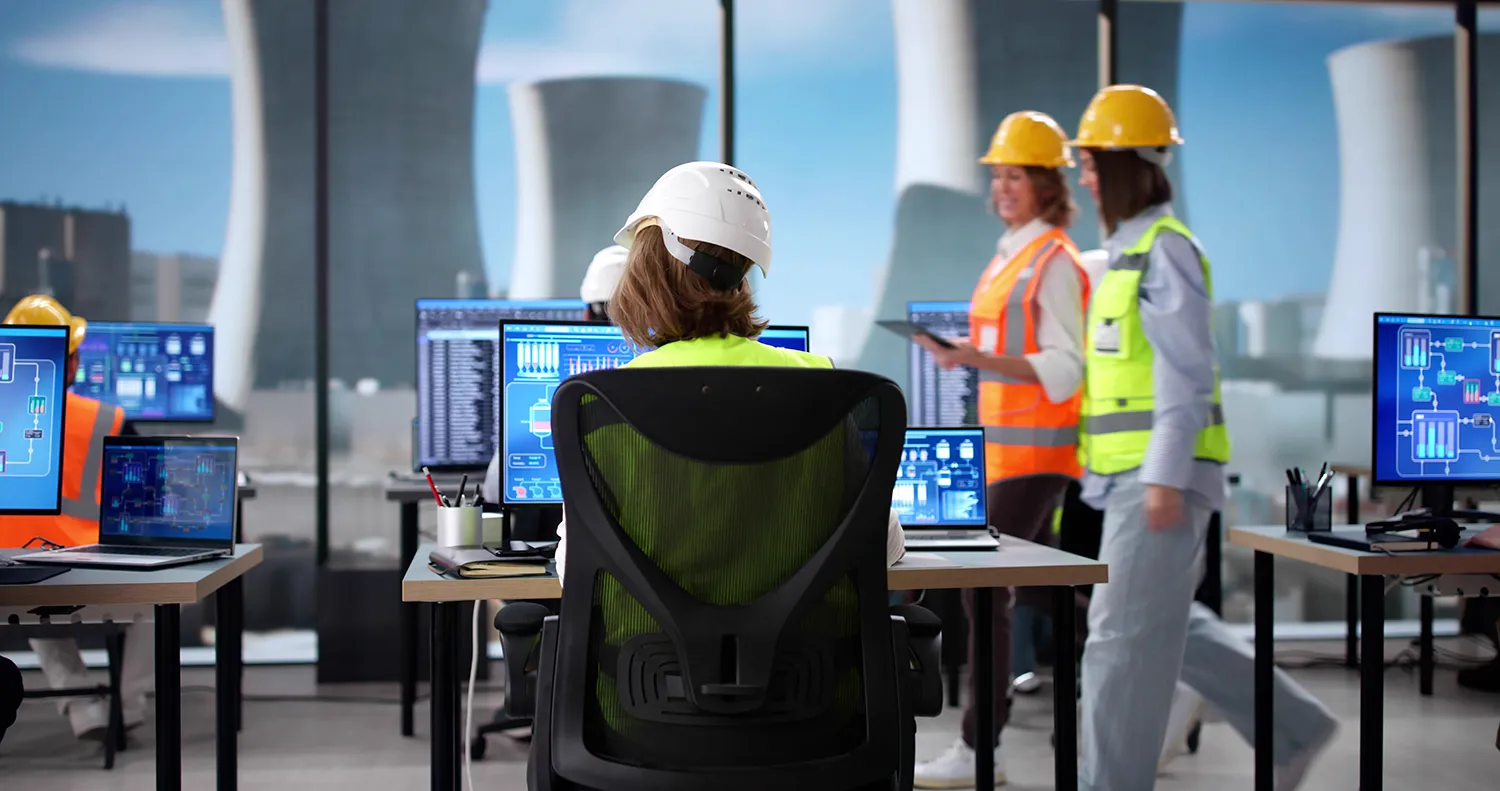
Russia’s Key Positions
With 42 nuclear units under construction, Rosatom is directly addressing rising energy needs from AI and data centers. These projects bolster technological sovereignty and open export opportunities in BRICS markets. By 2030, Russia’s nuclear capacity is expected to double, while the global SMR market will reach $50 billion—with Rosatom set to secure a key share.


